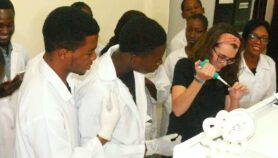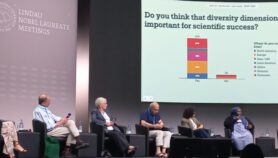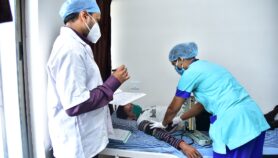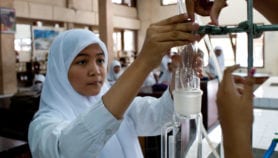By: Syful Islam
Send to a friend
The details you provide on this page will not be used to send unsolicited email, and will not be sold to a 3rd party. See privacy policy.
[DHAKA] Bangladesh, which emits relatively fewer polluting gases but is projected to be highly vulnerable to global warming, has embarked on a drive to introduce environment-friendly brick-making technology to curb gaseous emissions.
The UN Development Fund (UNDP) last month (22 June) announced financial and technical support for large-scale adoption of its improved brick-making technology to help the country cut emissions and improve efficiency. The UNDP will invest in 16 demonstration kilns by the end of 2014.
Bangladesh has some 8,000 traditional kilns making 8.66 billion bricks worth US$ 450 million annually. The sector grew by over eight per cent during the last decade, but also contributed three million tonnes of carbon dioxide annually due to "outmoded, inefficient and poorly constructed kilns and the use of substandard fuels such as high sulphur coal, tyres and wood energy in the kilns to fire clay into bricks," a UNDP release said.
It is projected to grow by five per cent each year, burning more than a million tonnes of coal annually and emitting 8.7 million tonnes of carbon dioxide by 2014.
The new technology is based on the German ‘Hoffman kiln’ developed in the mid-19th century to bake clay. In 1999, China improvised the German technology into the more environment-friendly ‘hybrid Hoffman kiln’ (HHK), in which coal and clay are injected into a chamber and mixed to form raw, wet bricks, which are later dried.
The hybrid approach burns 95 per cent of the fuel, is more efficient and emits fewer polluting gases to produce high quality, lower cost bricks.
The UNDP improvised the HHK further by enlarging the drying chamber to suit Bangladesh’s coal quality and clay moisture.
UNDP project manager Khondker Neaz Rahman told SciDev.Net that pilot tests initiated in January 2010, in Dhamrai town near Dhaka, showed the new approach producing 40,000 bricks daily, compared to 25,000-30,000 bricks using Chinese technology.
Private brick makers and development experts have welcomed the new technology. Pallab Kumar Moholnobish, project manager of ECO Brick Ltd., Dhamrai, said he can now produce bricks round the year, using less coal — 14 tonnes to make 100,000 bricks, compared to 24 tonnes in the older kilns.
Kiln operators can also earn carbon credits — a provision under the United Nations Framework on Convention for Climate Change that allows countries or groups that reduce their emissions to earn ‘credits’ for carbon dioxide reduced, and trade them in for cash.
Atiq Rahman, chairman of the Bangladesh Centre for Advanced Studies, Dhaka, observed that the HHK would help reduce emissions as much of the dust, heat and gases remain within the chambers and are not released into the air.
More on Capacity building
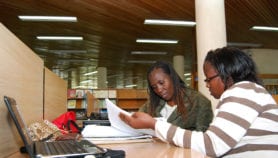
Script media release
Journalists offered ‘big break’ mentoring opportunity from Radio Nigeria
03/04/19






